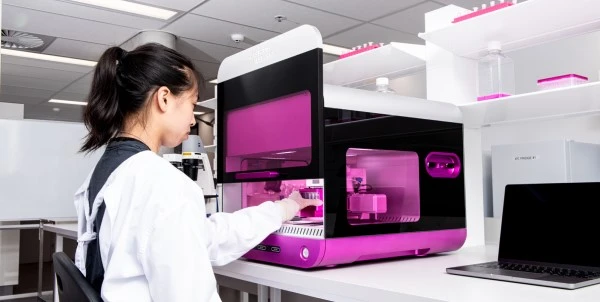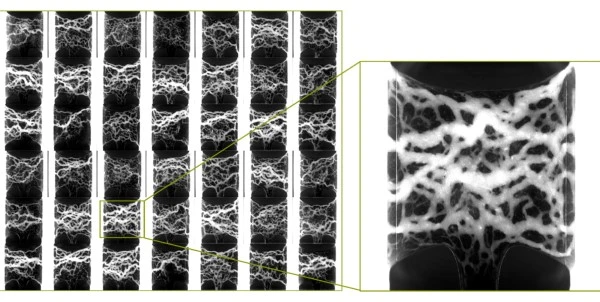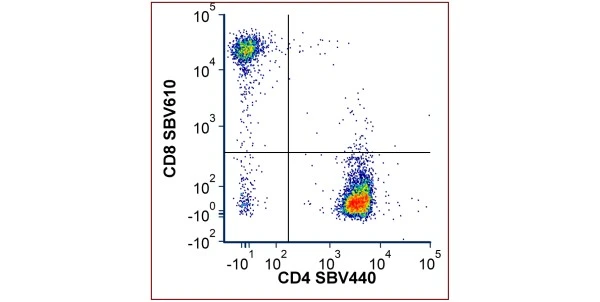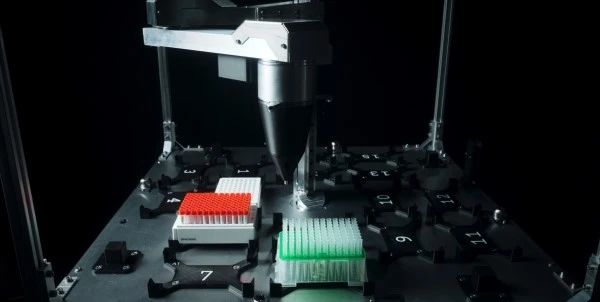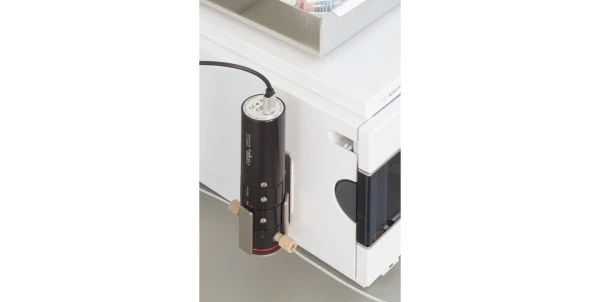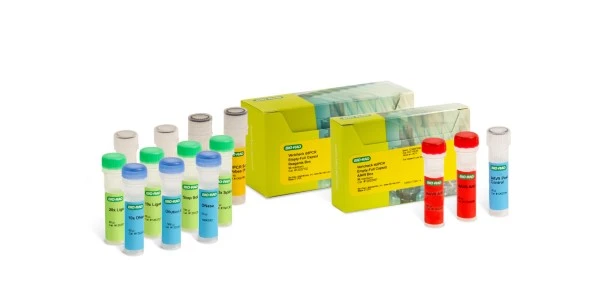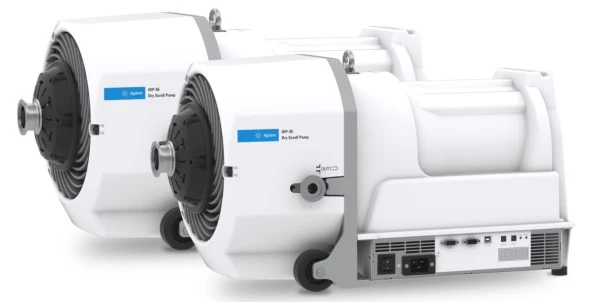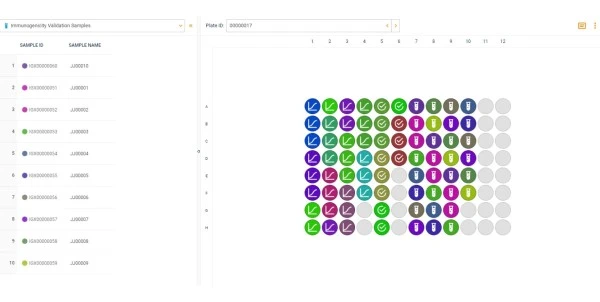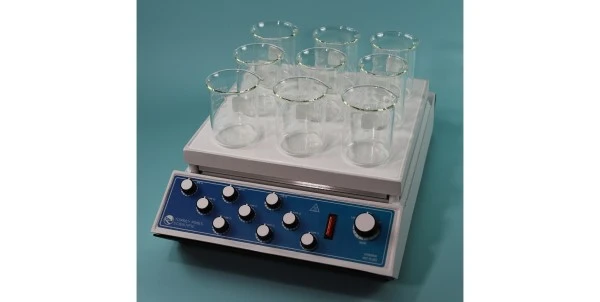
Detection and Surveillance of SARS-CoV-2 and Emerging Pathogens in the Environment
In response to the SARS-CoV-2 outbreak, Sartorius has worked extensively with customers and stakeholders in the development of effective airborne detection solutions.
Detection of SARS-CoV-2 in air and wastewater is a crucial part of a robust surveillance program enabling public health authorities to manage and implement control measures. Such programs are essential for rapid control and prevention of current and future threats.
The SARS-CoV-2 pandemic is a reminder of the particular danger of airborne pathogens and the importance of early detection and containment. Understanding the modes of airborne virus transmission through aerosols, liquid droplets, and contaminated contact surfaces, is essential in establishing the effectiveness of viral spread.
Detection and monitoring of SARS-CoV-2 in the air
A highly efficient and sensitive method for monitoring airborne pathogens involves the gelatin filter method. These types of filters have shown remarkable compatibility and efficiency, showing retention rates over 96% in certain cases. Air sampling by gelatin filters offers low limits of detection while allowing flexibility of sampling periods, filter areas, sampling flow rates, and volume of sampling solvent.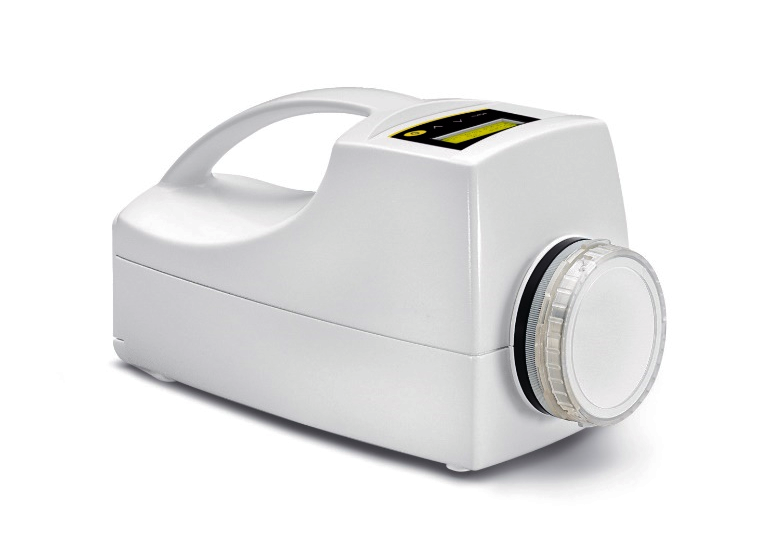
Sartorius has coupled uniquely water-soluble Gelatine Membrane Filters (GMFs) with the innovative MD8 air samplers – the MD8 Airscan and the portable MD8 Airport - to allow fast and efficient air sampling for the presence of SARS-CoV-2 in high-contaminant risk areas. When paired with GMFs and deployed to cleanrooms, controlled, and public areas, the MD8 Airscan (shown right) and MD8 Airport devices enable non-stop, active monitoring using minimal resources.
Key features of the Sartorius MD8 air sampling systems include:
- High retention rate for bacteria, viruses, spores, and phages
- Filter water-solubility in minimal sample volumes, ideal for RNA extraction and analysis
- Single-use or reusable filter holder compatibility. Unique membrane transfer and dissolving technology, for quick and reliable sampling and storage
- Non-stop, active air monitoring capabilities for > 8 hours using a single gelatin membrane filter.
Easy Steps from Collection to PCR Detection of Virus

The high retention rate, ability to maintain viable microorganisms and active viruses, and the solubility of the filters in small volumes of a buffer of choice, provide excellent sample quality for downstream analysis by quantitative polymerase chain reaction (qPCR) methods. The Sartorius MD8 airborne detection systems have been used in multiple case studies and field monitoring applications.
Case study demonstrating the use of MD8 Airport and Gelatine Membrane Filters to monitor airborne SARS-CoV-2
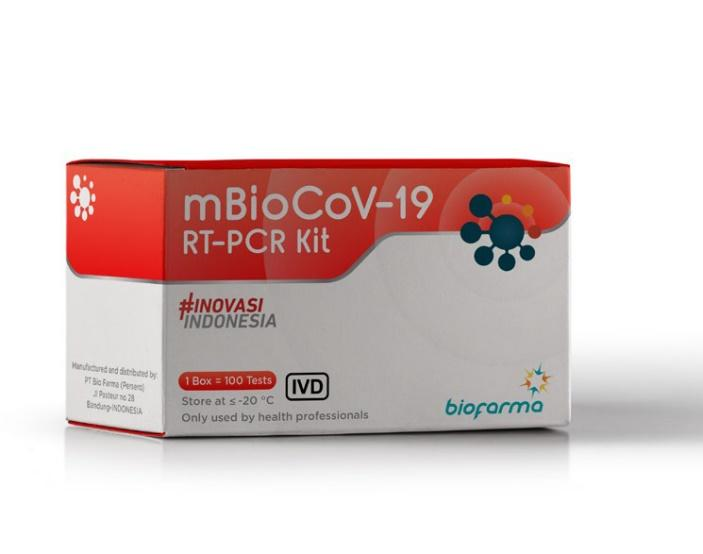 Recent studies have shown that indoor venues can pose particular hazards due to poor ventilation, the lack of air exchange, and the observation that viable viruses can accumulate and be transmitted without actual contact with infected hosts. These observations are supported by studies that demonstrate SARS-CoV-2 remains viable in lab-generated aerosols - in particles 5 microns and smaller - for 3-hours or more. In several public cases, transmission of virus through non-contact, airborne transmission has been observed. These events emphasize the importance of effective indoor SARS-CoV-2 surveillance.
Recent studies have shown that indoor venues can pose particular hazards due to poor ventilation, the lack of air exchange, and the observation that viable viruses can accumulate and be transmitted without actual contact with infected hosts. These observations are supported by studies that demonstrate SARS-CoV-2 remains viable in lab-generated aerosols - in particles 5 microns and smaller - for 3-hours or more. In several public cases, transmission of virus through non-contact, airborne transmission has been observed. These events emphasize the importance of effective indoor SARS-CoV-2 surveillance.
To address these concerns directly, Sartorius collaborated with Nusantics to devise a surveillance method for airborne SARS-CoV-2. In this work, validation was performed in three locations: a controlled space, a cinema, and a semi-outdoor mosque. The experimental setups were as follows:
- The controlled experimental setup involved two nano sprayers emitting 0.3-0.5 µm droplets set at a height of 1.5 m, to mimic human breathing.
- The MD8 air sampler was placed vertically between these platforms at a height of 1 m with a distance of 1.5 m and 3.0 m from the nanosprayer sources.
- The sampler was operated for 1 hour at 50 L/min flow rate during each sampling experiment.
- RNA was then extracted from the gelatin filters and quantification was performed using the Nusantics mBioCoV19 RT PCR kit (shown right).
Subsequent experiments were run under similar conditions and duration, with modifications to the air sampling methods according to the type of spaces investigated.
- Sampling at five branches of Cinema XXI was performed at locations with high foot traffic, including the studio entrance, cinema halls, and foyer. Large rooms were divided into quadrants with sampling experiments performed independently in each quadrant.
- Sampling at the semi-outdoor mosque was accomplished by carrying the Sartorius MD8 portable air sampler horizontally, moving it every 5 minutes to cover the entire area. Sampling flow rate and total duration were maintained as before.
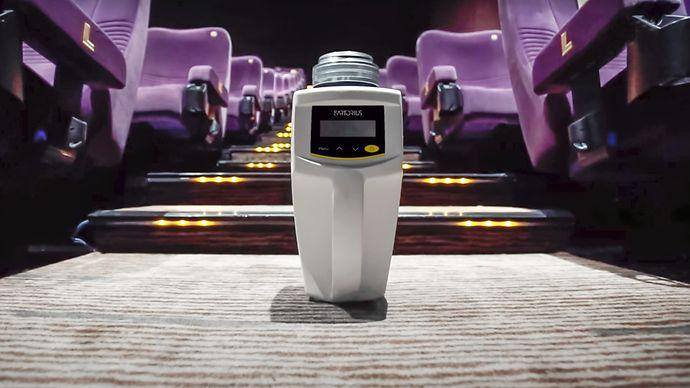
Results of these experiments demonstrated no detectable SARS-CoV-3 target genes from air sampling performed at the five cinema areas. These spaces are protected by constant HEPA filtration, consistent with the hypothesis that active air filtration functions in a protective capacity in this environment.
Results from air sampling in the mosque demonstrate the lack of detectable viral gene target, with the exception of one space. This affected room exhibited positive SARS-CoV-2 detection, regardless of sampling distance variations and the day of sampling. The result suggests that not only is the MD8 air sampler sensitive, but it can cover at least 28 square meters of space and function in a protective air surveillance system capacity.
The study demonstrates the effectiveness of the Sartorius MD8 air sampling devices coupled with the Nusantics mBioCoV19 RT PCR kit in monitoring a variety of closed and open spaces for the presence of SARS-CoV-2. The results of this work suggest that routine air monitoring of indoor spaces can act as an early warning system to trigger the implementation of risk mitigation strategies.
Summary
For detection and collection of viruses (such as Coronavirus SARS-CoV-2) from the air and for concentration of virus particles and their genetic materials from wastewater samples, Sartorius offers track-proven, reliable solutions. For more information, please review the resources below:
- Brochure:Sartorius Solutions for the Detection of SARS-CoV-2 Coronavirus in Environmental, Air and Water Samples
- Application Note:Validation of an Airborne SARS-CoV02 Surveillance System in a Controlled Space, Cinema, and Mosque in Indonesia
- Application Note:Coronavirus Detection from Aerosols
- Application Note:Sampling of Human Pathogenic Viruses from Air by Gelatin Membrane Filters and Subsequent Detection by PCR Analysis
- Article:Labtube: Exploring Coronavirus – Air Monitoring | Sartorius
This editorial was written by LabX and publshed in partnership with Sartorius
